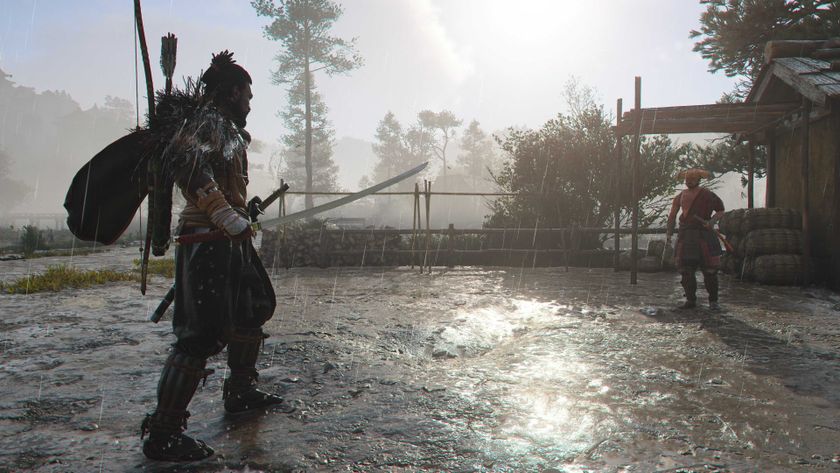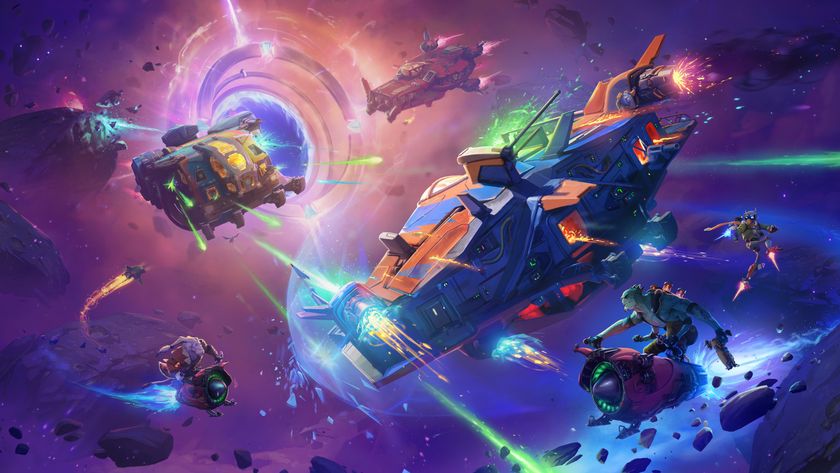The Top 7... Things in games that will never be realistic
Because some things can't be faked
2. Death
Games can't do death. Simple as that. Death is about as final as things get. There's no coming back. It's not a return journey. It's the end of the line. It's over. It's worm food. It's fish food. It's dog food. It's a box of musty clothes in a cardboard box outside the Salvation Army. It's kicking the bucket. It's floating face down and going belly up. It's a lonely dog staring at an empty chair. It's tears on a photo album. It's a laser-scorched Ewok on Endor. It's finito.
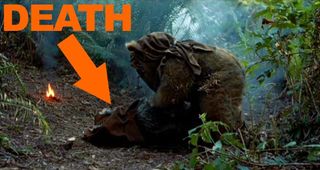
Above: Dead ewok
But games do not respect the very specific laws of death. Games have conjured up their own approximation of life's last great adventure. Which is a good thing because, let's face it, a game in which the main character died and stayed dead would be a bit crap. Realistic. But crap.

Above: Well that was a complete waste of money
***WARNING: MEGA-SPOILER FOR ANYONE THAT HAS NOT YET FINISHED RED DEAD REDEMPTION***
However, games are cunning and do a good job of tricking people into thinking that death actually means a damn. Take the end of Red Dead Redemption. John Marston dies. It's a big deal. But why is this death any different to the various incidental deaths of John Marston that players undoubtedly suffer while progressing through the game?
It's a bit silly when you think about it. It's like the game's saying "All those times Marston died and simply came back to life? Well, forget about all that because now we're really going to kill him for good because we need a dramatic ending." Understandable, but not realistic.
Sign up to the GamesRadar+ Newsletter
Weekly digests, tales from the communities you love, and more
1. Getting around places
Human beings are a surprisingly adept bunch when it comes to getting around places. Even the rubbish human beings. When we really have to get somewhere, we just get there. It doesn’t matter if there’s a fence in the way, or a hole, or a pile of bricks, or a stinking stack of burning corpses. We just get there.

Above: "Ha ha!", thought Geoffrey McSupervillain. "My impenetrable fortress of doom is complete. I have a small fence and everything"
We can climb over that fence, or kick it until it breaks. We can jump over that hole, or climb down into it and then climb back out the other side. Or we can use the planks from that broken fence to make an impromptu bridge if we’re really clever and wearing a nice clean suit we don’t want to get muddy. We can move those bricks and stack them somewhere sensible and unobstructive, or we can just scrabble over them like the monkey ancestors we come from. Never forget the old ways. And we can kick those corpses or poke them with a stick until they tumble down into a more convenient shape. In games though, we’re crap at all these things. Because games need us to be.
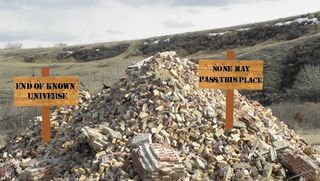
Above: You're not suggesting we go... beyond the bricks!? Why, nothing can survive out there!!!
Game levels, even open-world ones, can’t go on forever. Developers thus need to make artificial boundaries to stop us going too far and falling out of their game and into the inky outer blackness beyond, that that horribly creepy mirror bit in John Carpenter’s Prince of Darkness. So they make us unable to surmount even the simplest of crappy obstacles, and so the kind of things we would have smashed through or climbed over with a hearty and derisory laugh when exploring cool places we weren’t supposed to go as kids become like an utterly impenetrable Fort Knox made of diamond and coated in adamantium and hidden in the middle of a big lava field full of vampire sharks. It’s necessary, yes. But it’s necessary and it’s rubbish. Because smashing up fences and kicking over corpses is ace.
May 16, 2011


We put Mario's hat on 20 famous hairy-faced men to find out

Just how likely is that Spartan Laser you've always wanted?

Proving how bizarre and wonderful our hobby can be
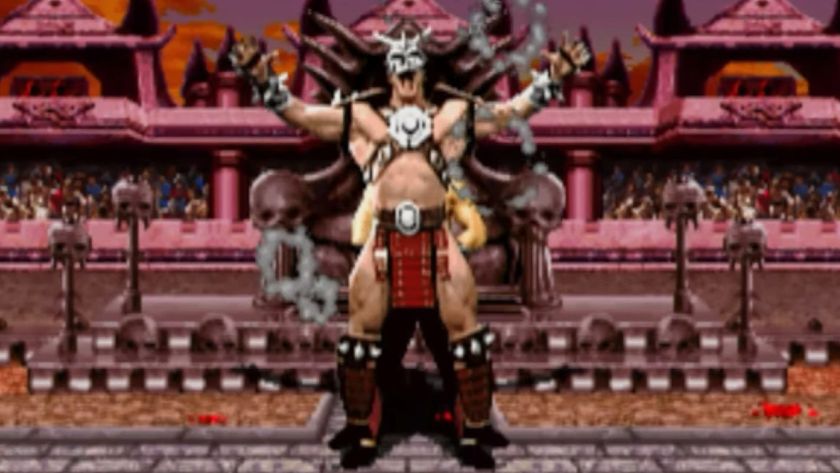
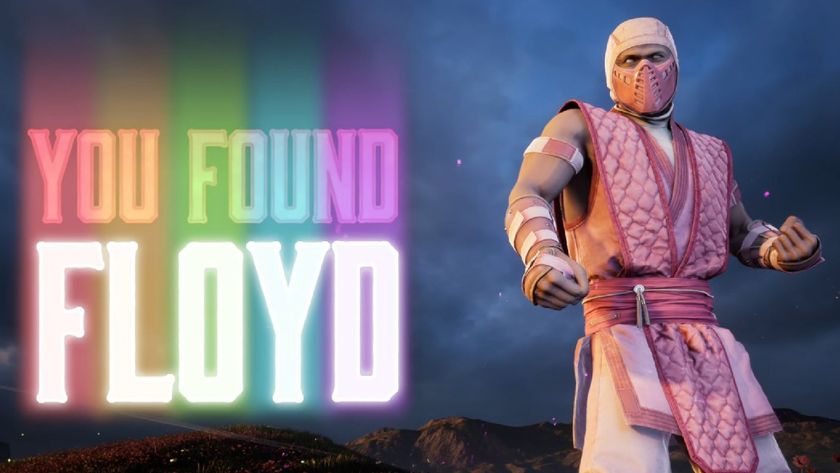

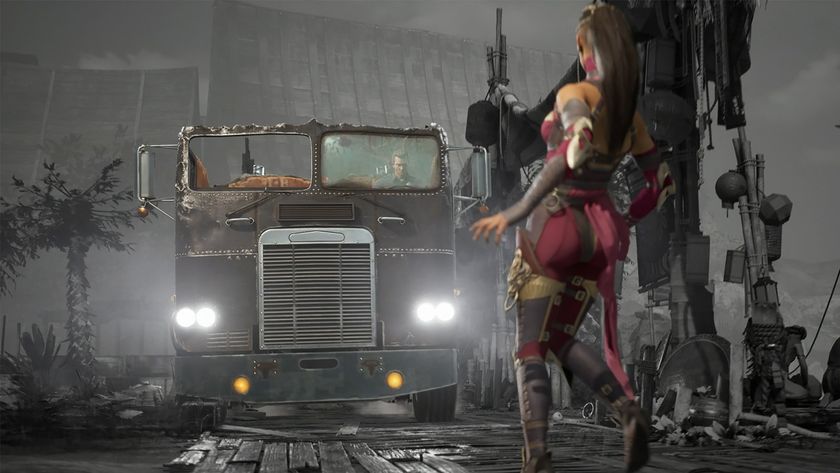


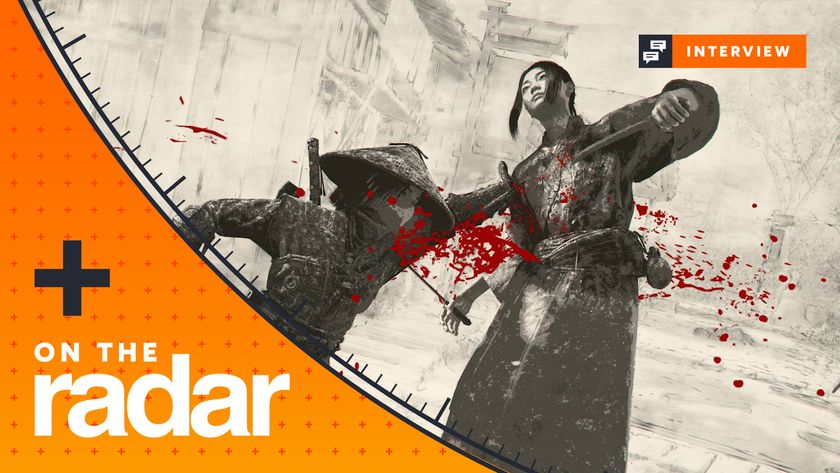






After 32 years, Mortal Kombat 2 has finally been ported to the one hyper-expensive '90s console that could actually do it justice

Mortal Kombat 1 makes good on a 30-year tradition of trolling fans by introducing a confusing, labyrinthine quest to fight pink Floyd, a new ninja

